Grades and Compositions
W-Cu bars are available in various compositions, typically ranging from 50% to 90% tungsten by weight. The specific grade affects the material’s properties:
| Grade (W/Cu) | Density (g/cm³) | Hardness (HB) | Electrical Conductivity (% IACS) | Resistivity (μΩ·cm) |
| 50/50 | 11.85 | 115 | 54 | 3.2 |
| 60/40 | 12.75 | 140 | 47 | 3.7 |
| 70/30 | 13.80 | 175 | 42 | 4.1 |
| 80/20 | 15.15 | 220 | 34 | 5.0 |
| 90/10 | 16.75 | 260 | 27 | 6.5 |
Note: Higher tungsten content increases density and hardness but decreases electrical conductivity.
Sizes and Dimensions
W-Cu bars are manufactured in various shapes and sizes to meet diverse application requirements:
- Round Bars: Diameters range from 0.0125″ (0.32 mm) to 3.000″ (76.2 mm), with lengths up to 12″ (304.8 mm).
- Rectangular Bars: Common dimensions include 10 mm × 15 mm × 300 mm.
- Hexagonal Bars: Available in various across-flat (A/F) sizes.
- Custom Sizes: Manufacturers can produce bars with diameters up to 20″ (508 mm) and thicknesses up to 8″ (203.2 mm) upon request.
Surface finishes include polished and black surfaces, and processing methods encompass forging and sintering
Applications
Due to their unique combination of properties, W-Cu bars are utilized in various high-performance applications:
- Electrical Contacts: High-voltage circuit breakers and switches.
- Heat Sinks: Thermal management in electronic devices.
- Electrodes: Electrical discharge machining (EDM) and resistance welding.
- Aerospace Components: Rocket nozzles and heat shields.
- Radiation Shielding: Medical and nuclear applications.



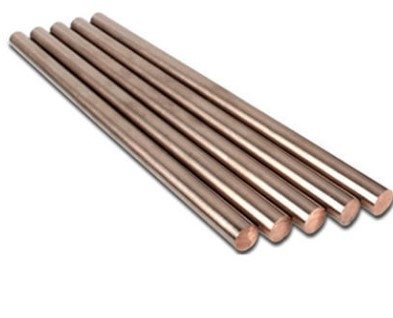
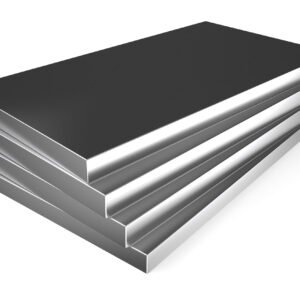
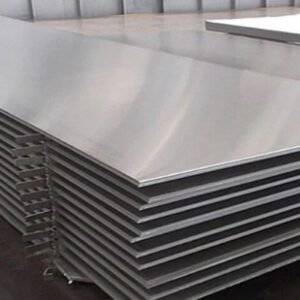
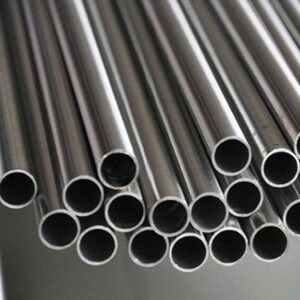
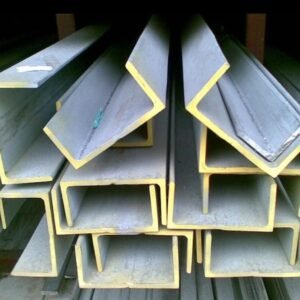
Reviews
There are no reviews yet.